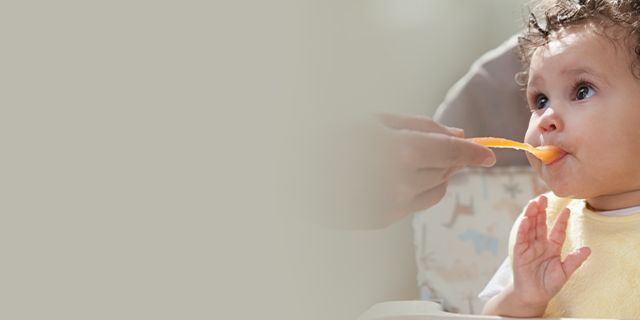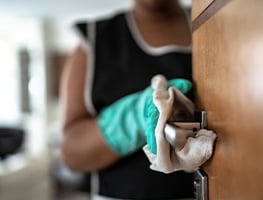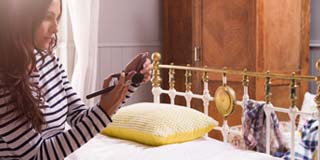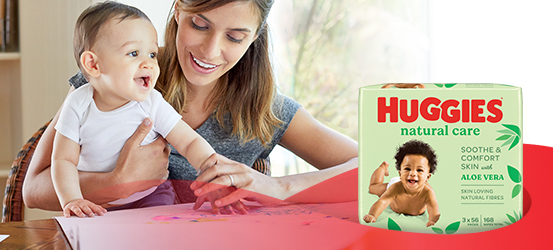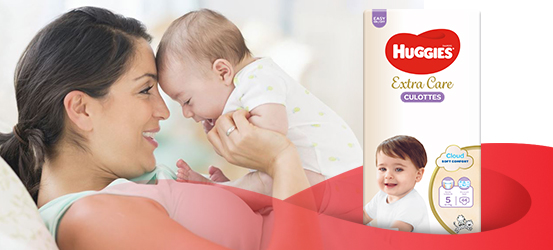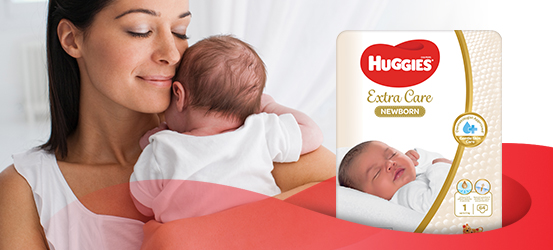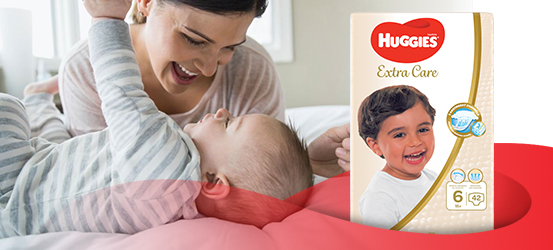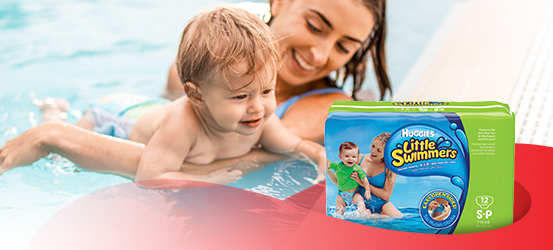You’ll be starting out with introducing small portions of soft, plain food like baby rice or cereal or puréed cooked vegetables or fruit.
A step-by-step guide to making and freezing baby food
Equip yourself
Blender/processor – you’ll need to have a good hand blender or food processor so you can blend your baby food. This is important especially in the early days when your baby is still developing a gag reflex and won’t be able to cope with lumpy baby food.
Ice cube trays – you’ll need a big stock of ice cube trays to store the baby food in. These should come with a lid.
Zip lock bags – these are to store the baby food in once you’ve frozen it in the ice cube trays. That way you can easily reuse the trays again.
Permanent marker – this is to clearly label the bag with what baby food it is and the use by date for it as well.
Stock up on fruit and vegetables
It’s usually best to start with vegetables and then fruit.
Some vegetables that are easy to prepare and freeze as baby food include sweet potato, pumpkin, carrot, parsnip, broccoli, peas, potato, baby marrow and cauliflower.
Fruit suggestions include mashed/cooked/puréed fruit such as avocado, apple, banana and pear.
Keep it clean
It’s vital to ensure that you have washed your hands thoroughly and that your kitchen surface is clean before starting to prepare baby food. Your little one’s immune system is sensitive and it is wise not to expose them to germs or potential infections unnecessarily.
Make sure your utensils like the chopping board, knives and peelers have all been thoroughly washed and dried before using.
Chop, peel, cook and purée
Some foods like avocado or banana only need mashing and can then be placed in the ice cube trays to freeze.
Other foods like sweet potato and apple will need to be peeled and then microwaved or steamed or boiled in order to soften. They will then be puréed and popped in the ice cube trays to cool.
Freeze it
Once the baby foods you’ve prepared are cooled, pop them in the freezer as soon as you can.
While the ice cube trays are freezing, label your zip lock bags clearly with the foods you’ve prepared. For instance “puréed carrot” or “mashed banana.” Put the date you’ve prepared the food on it as well.
Once the baby food is frozen in the ice cube trays, transfer the solidified version into the zip lock bags. This should take place quickly so that the food is not out of the freezer for more than a minute. Then store the baby food cubes in the zip lock bags back in the freezer.
Alternatively, you can continue to store the baby food in the ice cube trays. These trays should have lids that you clearly label with the food it contains and the date of preparation.
Using frozen baby food
Take the baby food out to defrost several hours before you intend to use it.
Make sure you reheat it thoroughly in the microwave or on the stove. Remember microwaves can create hotspots so make sure you check your baby’s food temperature to ensure it is evenly heated through.
Always discard unused baby food once you’ve finished feeding your baby.
Freezing rules
Make sure you check the preparation date on your baby food and do not use it if it has been in the freezer for over 6 weeks.
Don’t refreeze your baby food if you’ve defrosted it once.

